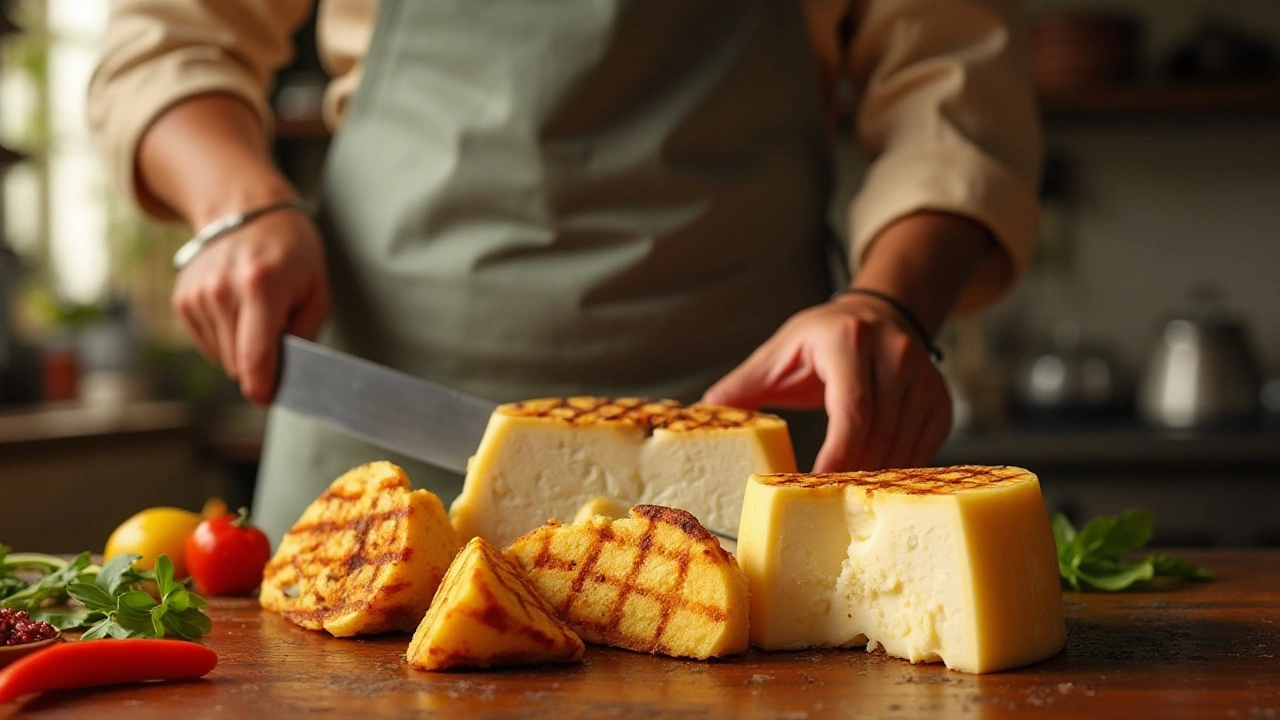Dairy Cooking Made Simple: Tips, Tricks, and Easy Recipes
If you love the rich taste of milk, cheese, or yogurt, you’re in the right place. Dairy can turn a bland dish into something creamy and comforting, but it also needs a little care. Below are real‑world tips you can start using today, whether you’re making a quick sauce or a full‑on dessert.
Choose the Right Dairy for the Job
Not all dairy is created equal. Whole milk gives a silky texture to soups, while low‑fat milk works well in baked goods where you don’t need extra richness. For sauces, heavy cream adds body without curdling. When a recipe calls for “cheese,” think about flavor and meltability: mozzarella stretches, cheddar adds sharpness, and paneer stays firm.
Switching dairy is easy if you know the basics. Replace yogurt with sour cream for a milder tang, or use buttermilk instead of regular milk in pancakes for extra fluff. Just keep the liquid‑to‑fat ratio similar so the dish doesn’t turn out too runny or too thick.
Handling, Storing, and Cooking Dairy Safely
Keep dairy cold until you’re ready to use it. A quick dip in cold water can bring out the smooth texture of butter before you cut it. When you melt cheese, do it on low heat; high heat makes the proteins squeeze out and the cheese becomes grainy.
Storing leftovers is simple: put them in airtight containers and use within three days. If you notice a sour smell in milk, it’s time to toss it—don’t gamble. Freezing works for cheese blocks and butter; just wrap them tightly to avoid freezer burn.
When adding dairy to hot dishes, temper it first. A small amount of the hot liquid mixed into the dairy prevents it from shocking and separating. Then pour the tempered mixture back into the pan and finish cooking.
Now that you know the basics, try a quick recipe that uses everyday dairy items. Heat a cup of milk, stir in a spoonful of butter, add a pinch of salt, and whisk until smooth for a classic cream sauce. Toss it with steamed veggies or pasta for a comforting meal.
Another easy go‑to is a yogurt dip. Mix plain yogurt with minced garlic, a squeeze of lemon, and a dash of cumin. It’s perfect with raw veggies or as a spread for flatbreads.
Remember, dairy cooking is about balance. Too much fat can make a dish heavy, while too little can leave it dry. Taste as you go, adjust seasoning, and you’ll get the hang of it quickly.
So grab that carton of milk, a block of cheese, or a tub of yogurt and start experimenting. With the right tips, dairy will become your secret weapon for richer, smoother, and more satisfying meals.
Is Paneer Similar to Halloumi - A Delicious Dairy Exploration
Dive into the culinary world of paneer and halloumi as we explore their similarities and differences. Both delightful cheese options hold unique spots in various cuisines, yet they often lead to debate on how alike they truly are. This article delves into their origins, textures, and cooking methods to reveal if paneer is truly like halloumi. Perfect for cheese lovers looking to make their own at home.
